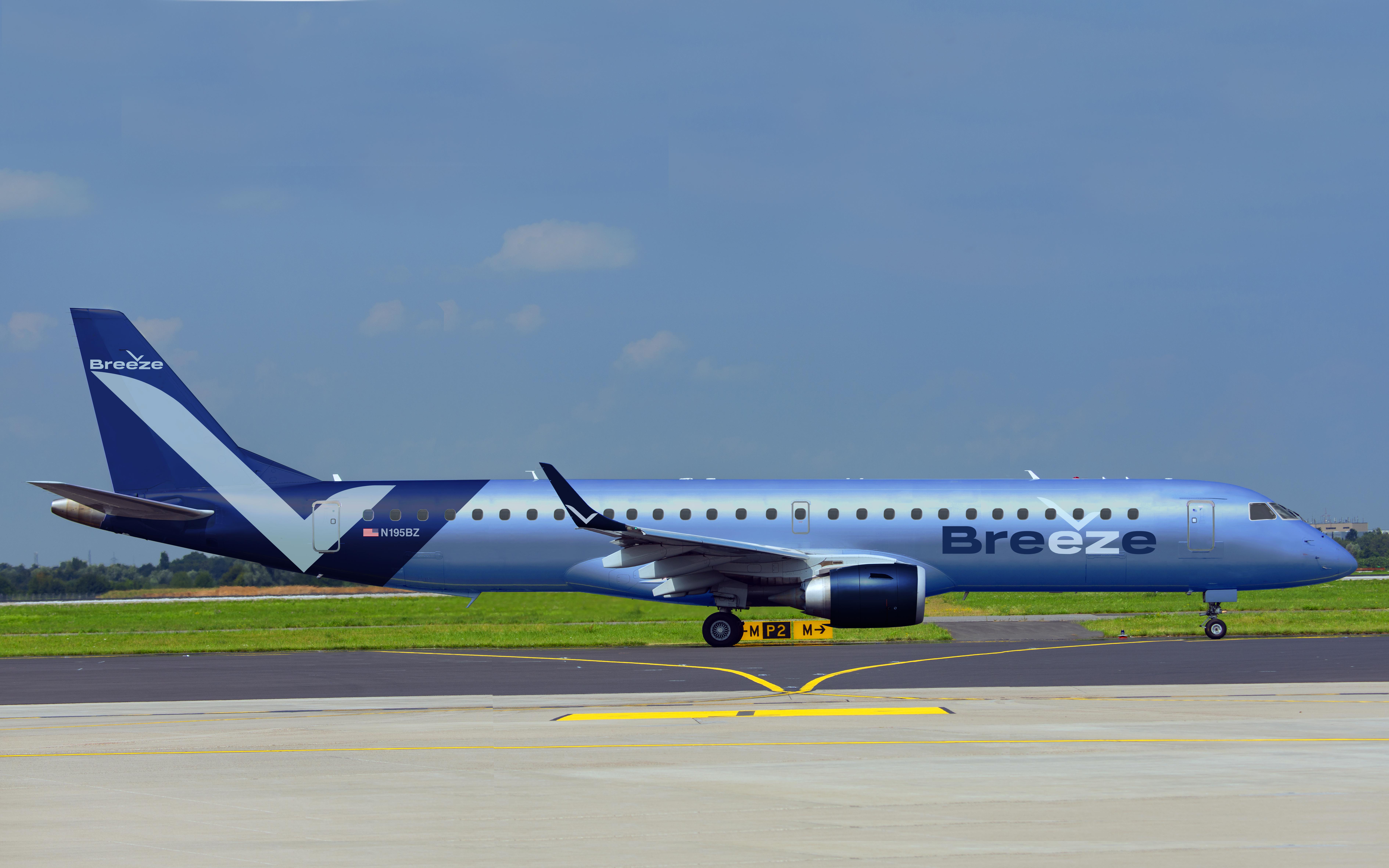
Credit: Breeze Airways
U.S. start-up carrier Breeze Airways plans to keep a dual fleet of Embraer E190/195s and Airbus A220s to utilize on secondary short-haul markets and long thin routes. “We will retain a mix of aircraft,” Breeze founder David Neeleman said at the virtual World Aviation Festival April 19. The carrier...
Subscription Required
This content requires a subscription to one of the Aviation Week Intelligence Network (AWIN) bundles.
Schedule a demo today to find out how you can access this content and similar content related to your area of the global aviation industry.
Already an AWIN subscriber? Login
Did you know? Aviation Week has won top honors multiple times in the Jesse H. Neal National Business Journalism Awards, the business-to-business media equivalent of the Pulitzer Prizes.

